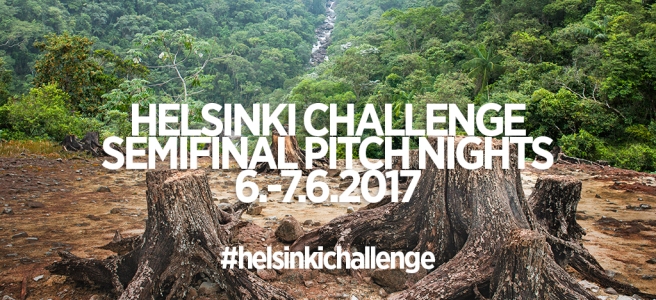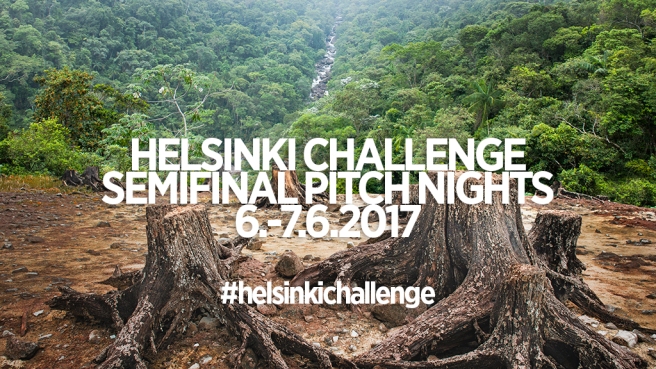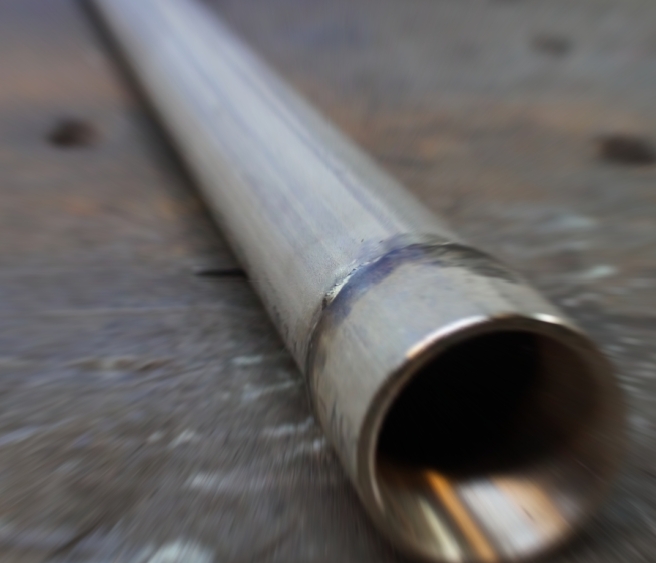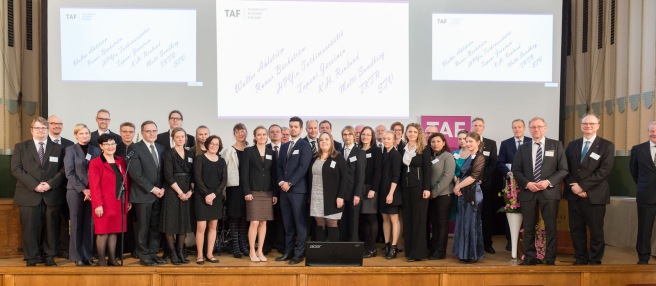As the world’s fresh water resources are diminishing due to climate change, overpopulation, mismanagement and over-extraction, there is a great need for new social, political and technological solutions that could help to tackle this crisis that occurs on a truly global scale. Although some areas of the world are lucky enough to have plenty of fresh water resources, many others are facing serious problems and even catastrophic droughts.
If the humankind do not succeed to solve this crisis before it goes out of control, even the most fresh water-rich countries will suffer of the less stable political global environment. The Team Myonit is developing new ground-breaking, state-of-the-art technology that can be used for a variety of applications, including fresh water exploration and hydrological studies.
Global fresh water crisis is arguably the most visible and dire of the climate change risks. Providing stable fresh water supplies is a priority for every country in the world. In fact, it can be said that water is a key issue in the fight to eradicate extreme poverty. It is hence healthy to ask what we can do to diminish the problems caused by lack of fresh water. Or, even better, what we can do to get rid of the problem once and for all. However, before we can discuss about the possible solutions, let’s take a look into the water crisis. What exactly is the fresh water crisis many countries are suffering from? As the problem is multifaceted, let’s put it in perspective before explaining what we, the Team Myonit, could do about it.
- Today, there are over 663 million people living without a safe water supply close to home, spending countless hours queuing or trekking to distant sources, and coping with the health impacts of using contaminated water
- Some 1.8 billion people use a source of drinking water contaminated with faeces, putting them at risk of contracting cholera, dysentery, typhoid and polio. Unsafe water, poor sanitation and hygiene cause around 842,000 deaths each year
- Over the past hundred years, the world’s population has increased three times but there has been a sixfold increase in water consumption. If present trends continue there could be a 40% gap between water supply and demand by 2030. The effects of increasing water consumption will be made even worse by climate change
- The World Bank predicts that India, as an example, only has 20 years before its aquifers will reach ‘critical condition’ – when demand for water will outstrip supply – an eventuality that will devastate the region’s food security, economic growth and livelihoods
- Global water demand is projected to grow by 55% by 2050. By then 40% of the global population will live in “water-stressed” areas. Groundwater depletion is identified as the greatest threat to both agricultural and urban water supplies
The list of sources that have led to the global water crisis is a long one and includes at least climate change, droughts, overpopulation and mismanagement, over-extraction and pollution of water sources, political and institutional incompetence, a lack of implementation of existing laws and regulations, pervasive corruption, poor adoption rates of new and cost-effective technologies, lack of funding, research and exploration, lack of political awakening to the water crisis, and so on and on.
The reasons behind the water crisis are so complicated that there is no simple way to solve it. Instead, the water crisis can be tackled only by institutional co-operation, education and improved recycling of water resources, irrigation and agricultural practices, as well as improved water catchment and harvesting technologies. Before we have any chance to fix the problem we need also to develop and enact better water policies and regulations.
Team Myonit focuses to improve survey technology the societies use for ground water exploration and understanding hydrological circulation of water in layered subsurface. We’ll share with you some information about our solution in the upcoming blogs. Stay tuned!
Best regards,
Marko H
#TeamMyonit
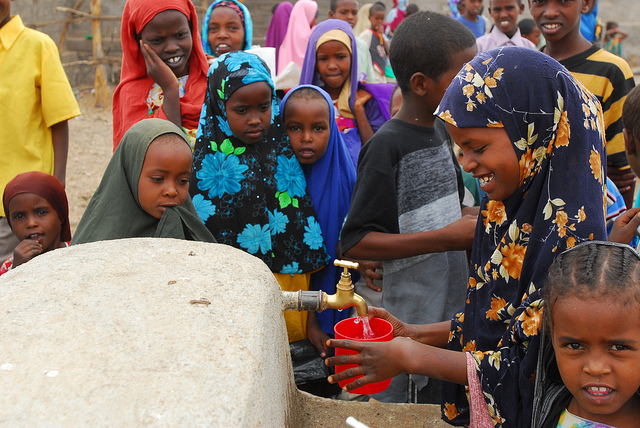
Students at Harmukayle Haji Mumin School wait in line to get a drink of water from the school taps, constructed with the support of UNICEF. Taken on March 14, 2011. ©UNICEF Ethiopia/2011/ Getachew.
Footnote: This particular blog drew ideas and information from the following internet pages:
http://bit.ly/2n9siuM
http://bit.ly/1JBQewk
http://bit.ly/2nDfIBx
http://bit.ly/2moCdh7
http://bit.ly/2nGk8eN
http://bit.ly/1lhmoxV
